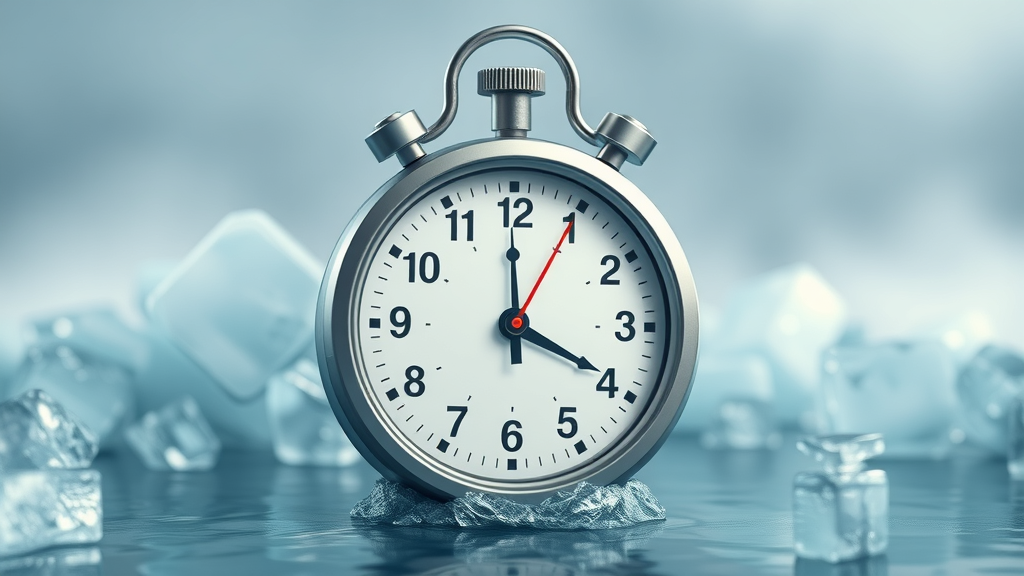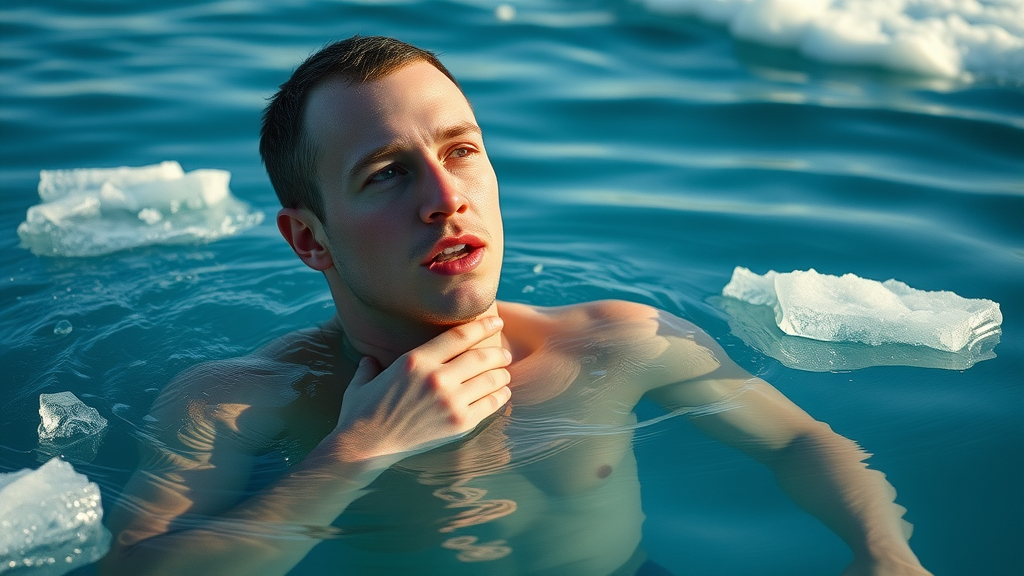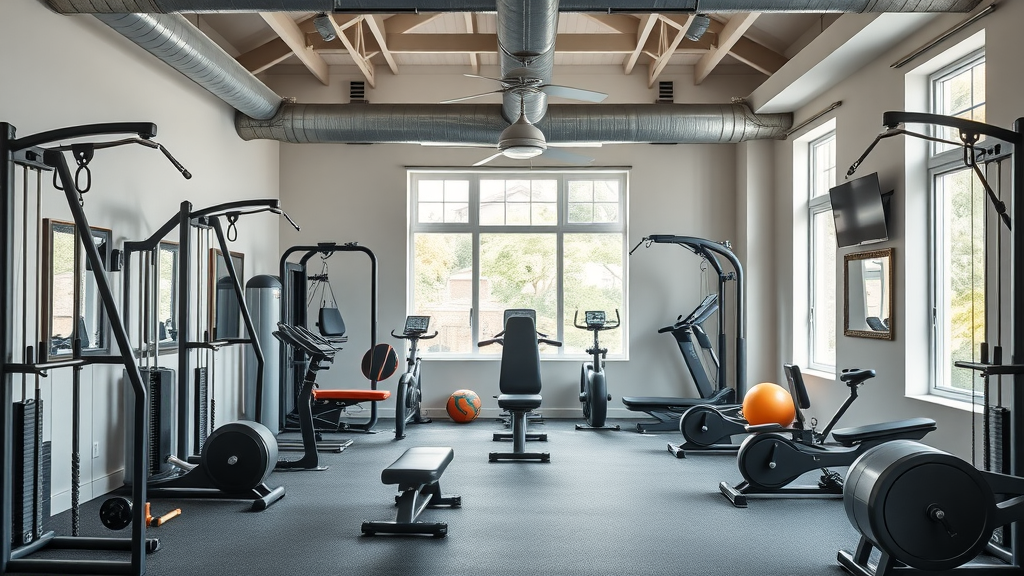Have you ever wondered how long you should stay in a cold plunge to unlock its full recovery potential? Cold plunges are not just a trend limited to professional athletes; they can be a game-changer in your recovery process too. Let's delve into the details and explore how cold plunging can be the key to supercharging your recovery, step by step.
Why Cold Plunges are Essential for Recovery
The practice of cold plunging, or immersing oneself in cold water after intense physical activity, has gained popularity for its myriad health benefits. First, it is crucial to understand that cold plunge therapy offers unique perks for both physical and mental health. It's a simple but effective recovery method that can be easily integrated into any fitness routine.
Health Benefits of Cold Plunge Therapy
Physical Health Benefits
- Improved muscle recovery: Cold water therapy accelerates the body's recovery process by reducing muscle soreness. The cold temperature acts as an anti-inflammatory agent, aiding in muscle healing.
- Reduced inflammation: By constricting blood vessels, cold plunges decrease inflammation and swelling in the tissues, promoting quicker healing and a reduction in muscle pain after workouts.

Mental Health Benefits
- Enhanced mood and mental clarity: Cold exposure prompts the release of endorphins, which improve mood and enhance mental clarity, leaving you feeling refreshed and focused.
- Stress reduction and resilience: Regular cold exposure can bolster your body's resilience to stress by positively influencing the nervous system and lowering the heart rate.
Optimal Duration for Cold Plunges
Determining the optimal cold plunge duration is essential to maximize the therapeutic benefits while preventing possible adverse effects. Let's break down recommended timelines.
How Long Should I Be in a Cold Plunge?

Beginner Recommendations
- Start with small durations (1-2 minutes): For beginners, it is best to gradually introduce the body to cold water immersion by limiting sessions to one to two minutes initially.
Advanced Users: Maximizing Benefits
- Progress to longer sessions (5-10 minutes): Seasoned cold plungers may extend their exposure time to five to ten minutes to maximize benefits such as muscle recovery and mental resilience.

Understanding the Science Behind Cold Plunging
Cold Water Immersion vs. Ice Baths
While cold water immersion and ice baths are often used interchangeably, they hold subtle differences. Cold plunging involves immersing the body at temperatures typically between 50-59°F. Ice baths can be colder, often below 50°F, enhancing muscle recovery but requiring shorter durations due to increased intensity.
The Role of Water Therapy
- Temperature range for optimal recovery: The ideal water temperature for cold plunging falls between 50-59°F, offering a balance for maximum effect without overwhelming the body.
- Physiological reactions to cold exposure: Cold immersion triggers the body to adapt by activating the immune system, stimulating blood flow, and increasing endorphin production.
Avoiding Common Missteps in Cold Plunging
Can You Overdo a Cold Plunge?

Overexposure to cold can counteract the benefits of cold plunging by overly stressing the body. Pay attention to your body's signals to avoid negative outcomes such as increased soreness or stiffness.
What Not to Do After a Cold Plunge
- Avoid immediately jumping into hot showers: Transitioning rapidly from cold to hot can cause shock to the system. Instead, gradually let your body temperature rise naturally.
- Prevent too rapid warm-up: Allow your body to adjust gradually by drying off and wearing warm clothing before indulging in heat exposure like saunas or hot tubs.
Experts Weigh In: Guided Insights on Cold Plunging
Insights from Professional Trainers
"Cold plunges have transformed my recovery routine, allowing quicker post-workout mend." - A fitness expert
Testimonials from Cold Plunge Enthusiasts
Many athletes and wellness enthusiasts report improved flexibility, better **sleep quality**, and a fortified immune system as a result of regular cold plunging, underscoring its place in a balanced recovery regimen.
Myths and Facts: Debunking Misconceptions on Cold Plunging
Cold Plunging Does Not Cure All
- Dispel myths surrounding cold plunges as a miracle solution: While beneficial, cold plunging isn't a one-stop solution for addressing all health concerns. Approach it as one component of a holistic wellness strategy.
Does Temperature Matter? Joe Rogan's Ice Bath Insight

Joe Rogan, known for his dedication to ice baths, frequently mentions the critical role of maintaining optimal temperatures during his cold plunges for maximum benefit. Regular monitoring ensures effective and safe immersion.
Conclusion: Embark on Your Cold Plunge Journey
Begin your journey with cold plunges cautiously and listen to your body, adapting the duration and frequency for a safe, effective immersion experience.
FAQs on Cold Plunging

What Temperature is Ideal for Cold Plunges?
The ideal temperature for a cold plunge ranges from 50-59°F. This range offers effective therapeutic benefits without the extremity of colder ice bath temperatures, which require shorter exposure.
Is Frequency Important in Cold Plunges?
Yes, the frequency can significantly impact effectiveness. Gradually increasing the frequency while monitoring your body’s response ensures sustained benefits without inadvertent injury.
People Also Ask
How Long Should I Be in a Cold Plunge?
The recommended duration for cold plunging varies based on experience. Beginners should start with 1-2 minutes, while seasoned users may gradually increase to 5-10 minutes per session.
Can You Overdo a Cold Plunge?
Overdoing cold plunges can lead to adverse effects such as numbness or increased soreness. It is vital to monitor your body's reactions and gradually build up exposure.
What Not to Do After a Cold Plunge?
Avoid jumping into a hot shower immediately after a cold plunge to prevent shock. Instead, allow for a gradual return to normal body temperature through gentle warming techniques.
What Temperature is Joe Rogan's Ice Bath?
Joe Rogan typically keeps his ice bath temperature at approximately 35-38°F, a colder range reserved for shorter durations due to its intensified effects.
What You'll Learn
- Effective cold plunge durations
- Benefits and possible pitfalls
- Expert advice and user testimonials
- Myths debunked and practical FAQs
Table: Cold Plunge Techniques vs. Benefits
| Techniques | Benefits |
|---|---|
| Short duration, gradual increase | Reduced muscle soreness |
| Consistent exposure | Enhanced mental clarity |
Inspirational Quotes
"The water doesn’t lie; listen to your body." - Unknown
Call to Action
Ready to dive into the world of cold plunging? Watch our informative video for practical techniques and start your journey toward enhanced recovery and resilience today!
 Add Row
Add Row  Add Element
Add Element 



Write A Comment